By Erin Ramm
What would Lord of the Rings be without Frodo and Sam’s friendship?
Would How to Train Your Dragon be nearly as heartwarming without Hiccup and Toothless’s friendship?
How can we learn to create friendships as iconic as Han Solo and Chewy?
Besides characters, well-developed relationships is the second thing I look for in great stories.
And I love nothing more than powerful friendships.
Good friendships can turn an okay story into a memorable one. Not only do friendships make the readers care about the story more, it adds more emotional weight to the story.
But here is the problem.
Good relationships are difficult to write.
You thought writing romance was difficult?
Well, writing friendships is a whole new level of difficulty.
Romances usually rely on professions of love and staring into one another’s eyes for lengthy periods of time. But how do you develop great friendships?
So today, I am going to give you 7 things you need to do to develop your friendship.
1. Make Each Character Their Own Person
If a character’s only purpose of the story is "be the friend", then I guarantee you that he is going to be a flat and uninteresting character. This will ultimately lead to a friendship that no reader will be invested in.
All the same character creation rules apply to your friend too.
I am surprised by how many times this occurs in stories. You have your main character, and then his 1-dimensional friend who might crack a joke every once in a while.
Let’s take a look at a good example of a friend, shall we?
Samwise Gamgee from The Lord of the Rings isn’t just “Frodo’s friend” who tags along.
He is a gardener. A cook. He has a fascination with elves, a crush on Rosie, and a bad habit of eavesdropping. He is loyal, brave, and can persevere even when there is seemingly no hope.
Tolkien makes you care about both Frodo and Sam. And that's why you cheer for their friendship.
You see this is in Toy Story as well. Even though Woody and Buzz both have the same goal - to escape Sid's house - they each have different internal journeys. The story means different things to each of them.
Woody learns to not be as selfish and Buzz struggles with accepting that he is just a toy.
So before you move onto the next step, flesh out both of the characters in your friendship.
Do both of these characters have a history?
Passions?
Dreams?
Values?
Internal journey?
Other relationships? Friends? Family?
This is the most vital step.
Once you nail this down, you will have a strong foundation to develop your friendship further.
2. Give Them Something in Common
Now that you have established that these two characters are their own persons, you need a reason for them to be friends. What brought them together? What makes them friends? What gives them a reason to hang out with each other?
You need to give them similarities.
This can be a number of different things.
At first, in Wreck-It-Ralph, both Wreck-It-Ralph and Vanellope seem to have nothing in common. But once Ralph visits Vanellope's cave, he realizes that they actually do have a lot in common.
Both of them are outcasts. Both of them are lonely and live in places that are basically junkyards. Both of them just want to change their fate and be something great in their respective video games.
This gives them a common ground, and from then on, the two of them are able to communicate and get along better.
So what makes your two friends similar?
How can they bond over these similarities?
How do these similarities connect them in a meaninful way?
3. Give Them Meaningful Differences
Now that we have established their similarities, it is time to dig deeper and create meaningful differences.
Don't just make your characters different. Give them meaningful differences that can build off of each other.
With meaningful differences, your two friends’ can help support their strengths and build them up during their times of weakness. This all leads to a strong friendship.
Here are some great ways to give them differences:
1. Skills
2. Conflict Resolution
3. Personalities
4. Method of Action
When faced with an obstacle, how does each friend try to get around it?
5. Reaction
The two friends will also react differently to major events or situations. One might have a relatively negative reaction, while the friend will have a positive reaction that aids them through the challenge.
What are the strengths and weaknesses of your two friends?
What meaningful differences separate your two friends?
How do their differences complement each other?
4. Give Them a History That Shines Through
If your two friends have known each other for a while now, by no means do you want them to seem like they just met each other yesterday.
What you need to do is throw out hints that these friends have known each other for a while. You need to make the readers curious about these two friends and their history with each other.
And even if your characters meet within the timeline of the story, sneaking in hints that these characters are learning more about each other is a great way to develop your friendship.
How can you show this?
Here are a few ways to show that they have a history with each other.
Give Them an Inside Joke
Giving your friends a joke that only the two of them share really illustrates that this is a special friendship.
This will hint at their history together, and make the reader wonder and imagine about your story.
Give Them a Silly, Ongoing Argument
Your friends aren’t always going to agree on everything. And their points of conflict don’t always have to be some dramatic issue.
They can be arguing over which one is better: Star Trek or Star Wars.
They can argue over whether pineapple belong on pizza or not.
Or maybe they argue over who is the taller one.
Giving them a silly, ongoing argument will make the characters feel real and simultaneously reveal different shades of their personality.
Not only that, but it also offers a window into how they handle arguments between themselves. Who is the one that gets really worked up? Who is the one who makes all the great points?
Just a quick warning, don't drag it on too long and make it irrelevant to the story. You can end up annoying your readers. If you manage a good balance, this can be a great addition to your story.
Utilize Nonverbal Communication
When you can start communicating with someone without words, that's when you really know someone.
For example:
They Know Each Other's Likes and Dislikes
Perhaps the two have been friends for so long, that they know each other's go-to coffee order. At their next coffee shop meeting, one friend can order for the other without asking.
So how can you show your friends history?
Or, if they just met, how can you start adding these elements into your friendship as the story progresses?
5. Create a Glue
What is keeping your friends from parting ways? Without something to keep them together, your two friends might grow apart.
What is the glue that keeps this friendship intact? This can be a character, a goal, or the two of them are just thrown into a situation where they can't get away from each other.
So what keeps your friends from separating?
Do their goals, values, and personalities contribute to this in some way?
6. Create Meaningful Scenes
Now that you have all the key components to an amazing friendship, it’s time to develop it through your story.
Insert a few key friendship moments in your novel and show your reader the power of this relationship.
Here are some ideas:
What are some friendship development scenes you can add into your story?
7. Don’t Make Their Relationship Perfect
If you can nail down all the other 6 points, you are on your way to a pretty perfect friendship.
Wait a minute.
You don’t want a perfect friendship.
People aren’t perfect, and your friends can’t get along together all the time.
I’m not saying that you should stuff in a bunch of contrived conflict between your friendships.
Instead, set up situations that will naturally occur because of who these characters are, and what they believe. (This is why step 1 is so important)
Maybe their differences get the better of them.
Maybe they react differently to a pivotal event in your novel.
Maybe one of the friend's internal demons gets the better of him, and the other friend has to call him out on it. This only results in more tension between them. This is an especially brilliant method to enhance a character arc.
Or simply make their friendship a more complex.
Perhaps your two characters look out for one another, but they are always being compared to one another, and they need to overcome their deep feelings of jealousy for each other.
They work well together, but one friend is keeping a lot of secrets from the other.
For an example from a movie, let’s turn to Dreamworks’ How to Train Your Dragon.
If How to Train Your Dragon was a simple story of a boy and his dragon who always got along then the story would not have been nearly as poignant
The fact that it was Hiccup who injured Toothless adds a layer of complexity to their relationship. Guilt propels Hiccup to do whatever it takes to earn Toothless’s trust and make things right.
Thanks to this hurdle in their relationship, the story becomes so much more compelling, and their friendship moments feel more earned.
Frodo and Sam didn’t both agree that it was a good idea to bring Gollum along. Frodo’s idealism and Sam’s suspicion clashed as they tried to decide if they should trust him. Ultimately, Sam’s loyalty prevailed, and he allowed Frodo to appoint a ticking bomb as a guide through Mordor.
These complications and character differences not only add to your story, but watching these characters overcome these obstacles and still come out as friends makes your friendship feel more real, deep, and deserved.
Are the friendships in your novel too perfect?
How can you add complexity to their relationship?
What character differences and character flaws must these two friends overcome in order to keep their friendship intact?
How do they overcome these obstacles? And how does their friendship deepen as a result?
If you can figure that out, your friendship will rise to a whole new level.
These tips can apply to pretty much any relationship. Lovers. Siblings. Frenemies.
So the next time you sit down to write a friendship, ponder these tips and keep them in mind.
And your characters will become more than just "acquaintances" or characters who are "friends" in name only. They will possess a deep relationship that will become one of the highlights of your story.
Now, on to you.
What is your favorite fictional friendship?
What do you think made it so great?
Let us know in the comments!
Erin Ramm
Erin is a writer, graphic designer, musician, and language lover.
She began writing with an Adventures in Odyssey fanfiction, and she hasn’t stopped dreaming and writing about stories since.
Erin was a huge fan of Kingdom Pen before its two-year-long hiatus. Seeing the potential of Kingdom Pen, she wanted to join the attempt to revive it and help writers make a bigger impact.
Outside of writing, some of Erin’s favorite things to do are talk with her siblings, learn languages, play the violin, listen to soundtracks, and eat frozen mango.

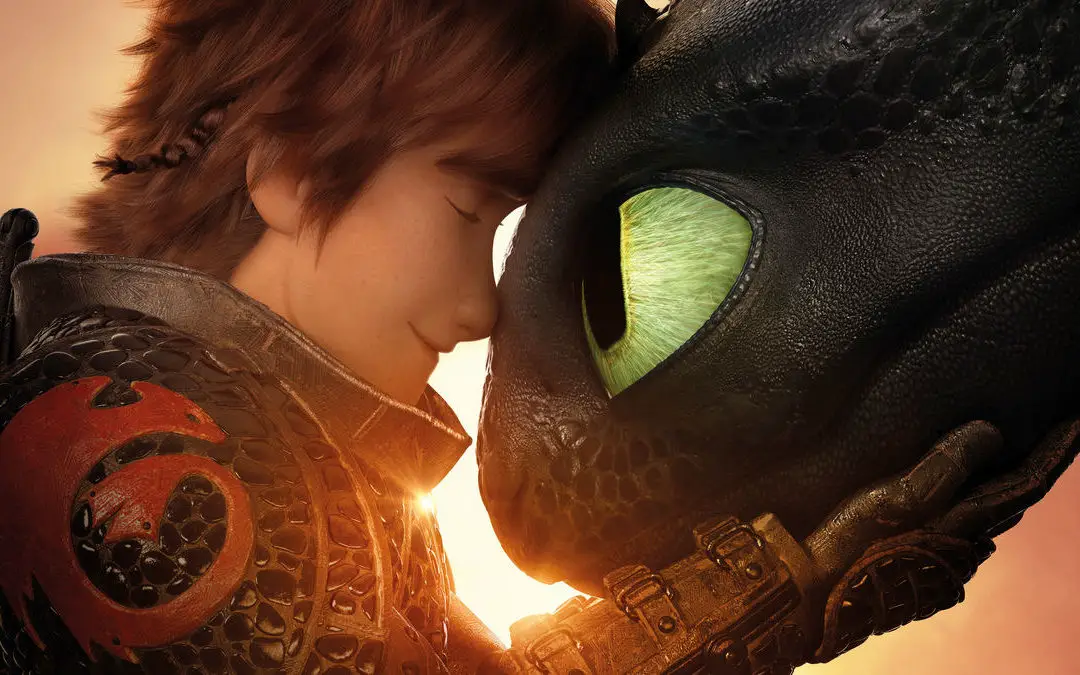



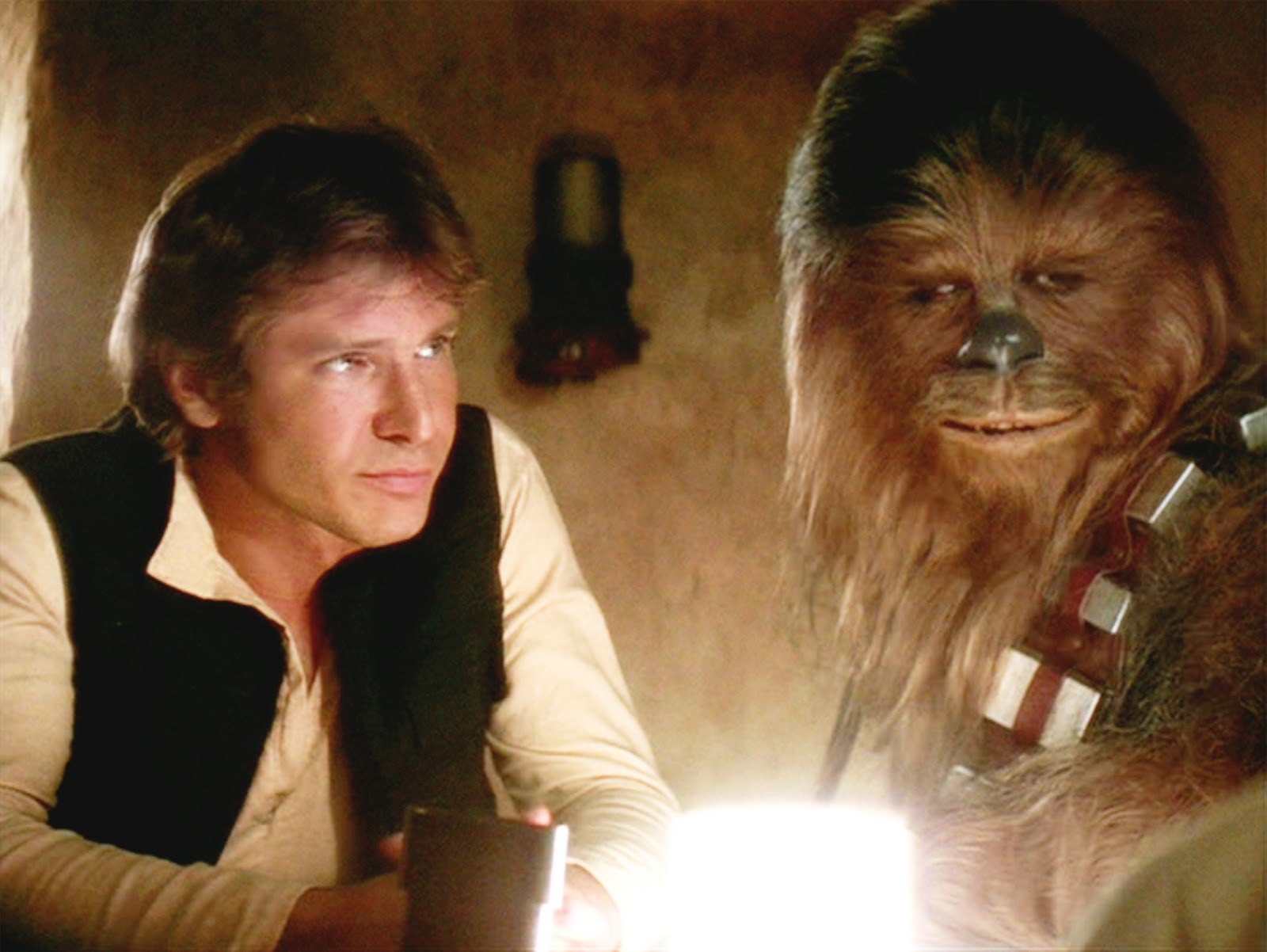

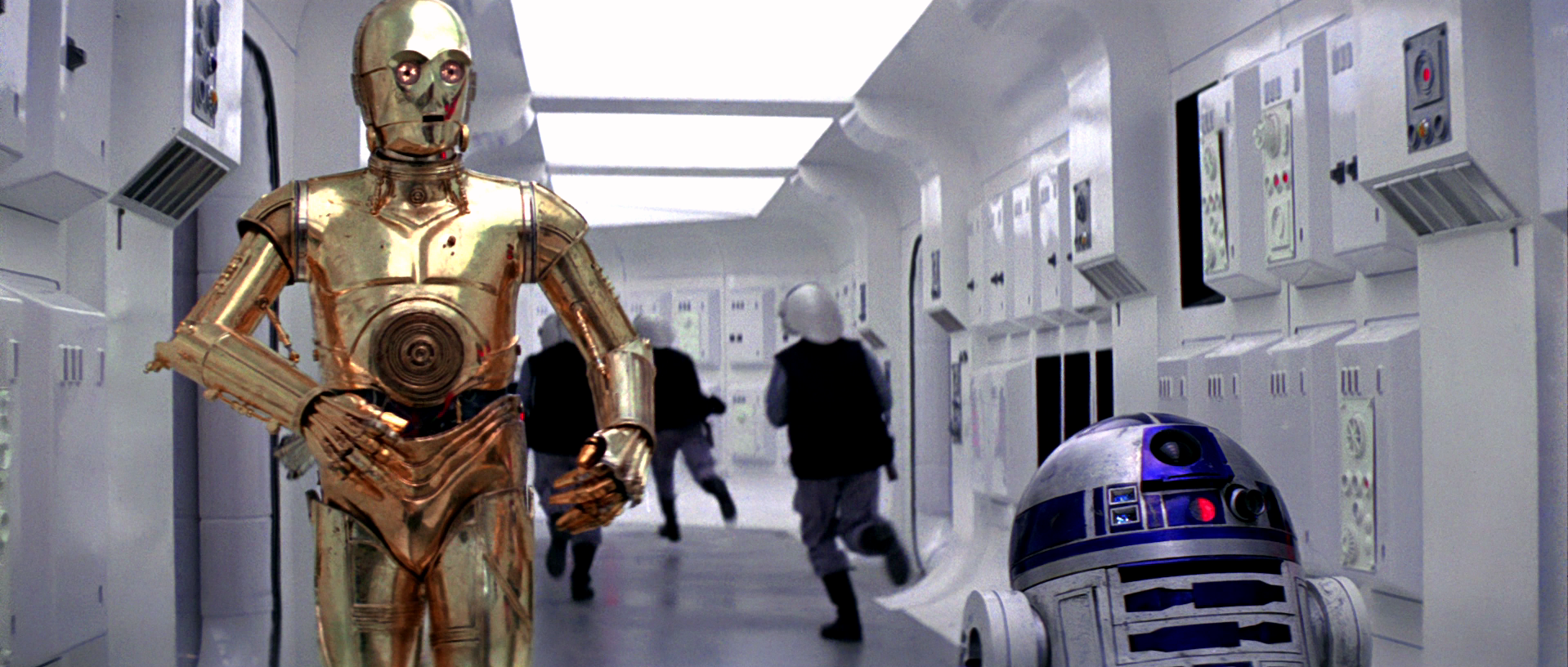
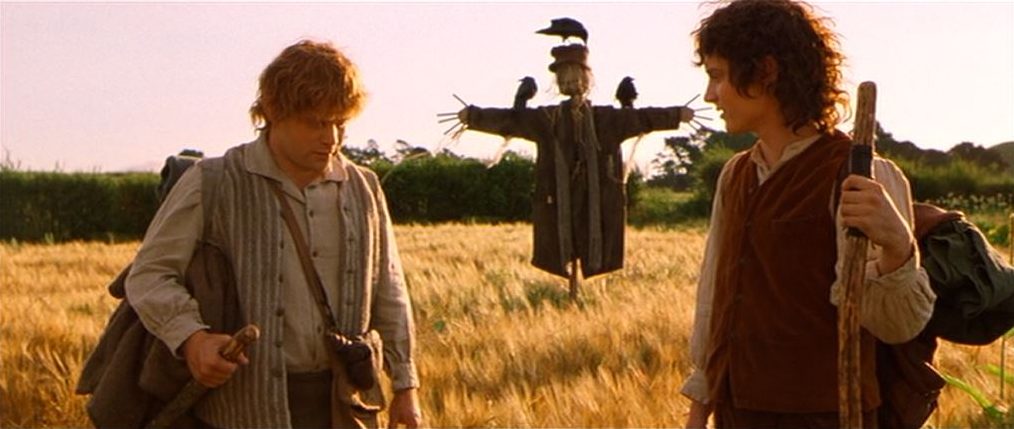
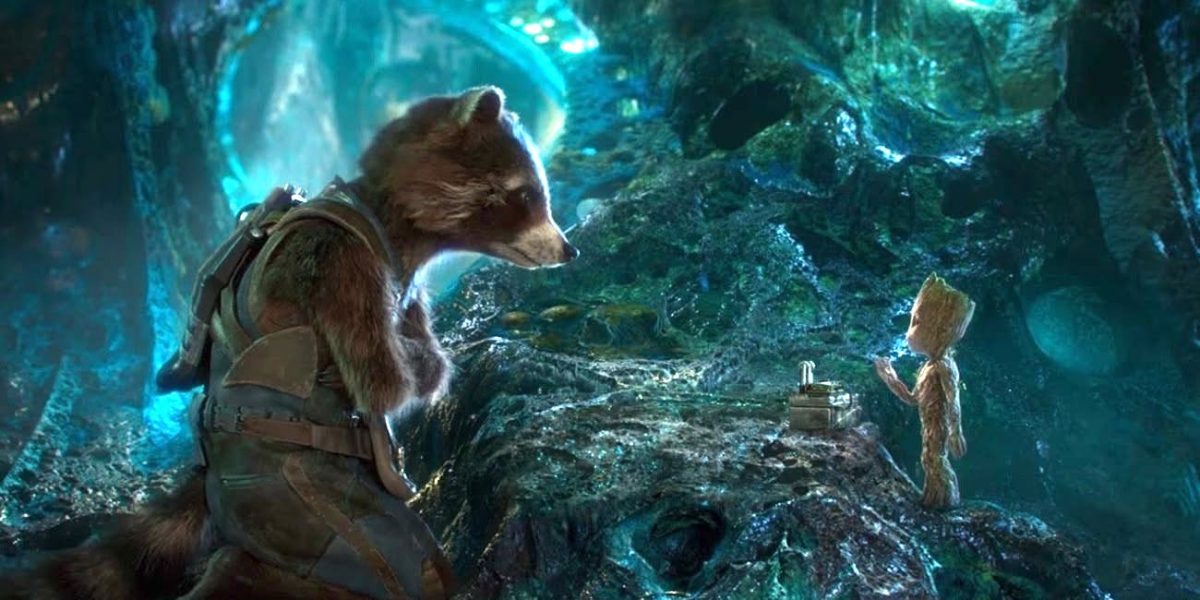


This was such an amazing article! I can’t wait to dive into my characters’ friendships and flesh them out.
Figuring out no. 4 might be tricky tho 😉
My favorite fictional friendship is Jo and Laurie in Little Women! Their personalities and interactions are so fun to read – both personal and with the rest of the March family. It’s so hard to find platonic relationships btwn teenage girls and guys. I can relate to Jo being best friends with a guy and not getting along well with other girls
They share a jacket? I’ve only ever seen this in the Star Wars sequel trilogy, where Finn the ex-stormtrooper keeps Resistance pilot Poe Dameron’s jacket because he believes his new friend is dead (even though he isn’t, as we see later–there’s a spoiler, sorry). What other stories are there where something like that happens?
This is a great article! Thanks. I like the character friendship of Robin and Mev from WolfWalkers. They are around ages 10-12 and become friends as they both turn into wolves. One of the scenes that show their friendship that makes them like sisters is a scene where Robin (who is a bit older) brushes Mev’s hair and gives her a flower and she promises to find Mev’s mother. (later in the show, to show the conflict between the girls with betrayal, Mev crushes the flower Robin gives her and runs off.)
I am writing a relationship with two sisters in a medieval time period (sort of like the Pilgrim’s Progress by John Bunyan) and I am so excited because I already have all these points complete for the sister’s friendship! Now I just need to write. I am so happy.
Informative, well-phrased, accurate advice that I appreciated very much. 10/10
My favorite friendship pairings are Buzz & Woody, Marlin & Dory, Basil & Dawson from the Great Mouse detective, and Samantha & Nellie, Felicity & Elizabeth, & Julie & Ivy from the American Girl Collection. I also like Rarity & Applejack, and the CMC (Scootaloo, Applebloom, & Sweetie Belle).
I used to like Twilight Sparkle and Sunset Shimmer until people started shipping them as a lesbian couple. So my question is this: how do you portray a friendship between two people of the same sex (two men or two women) WITHOUT making them gay?